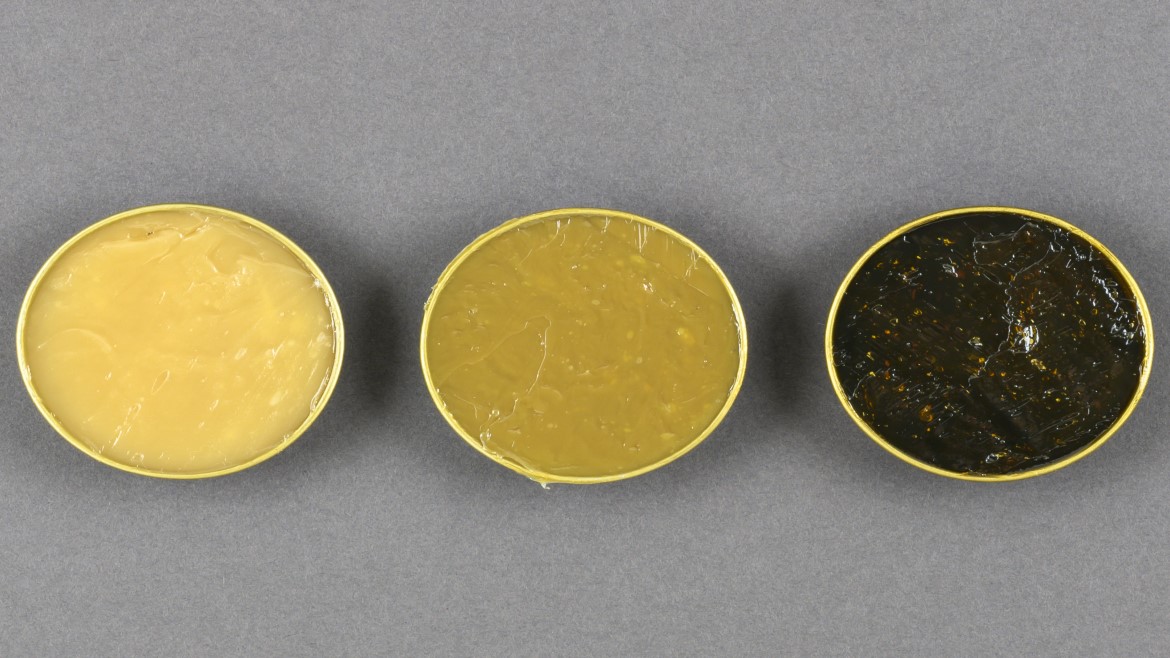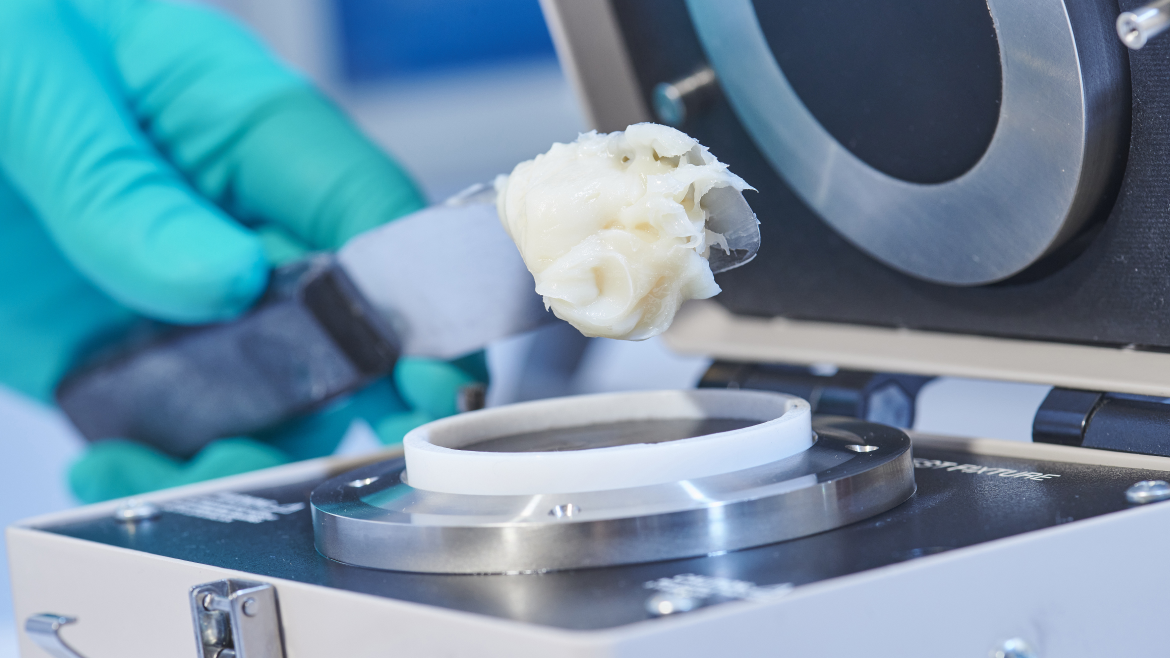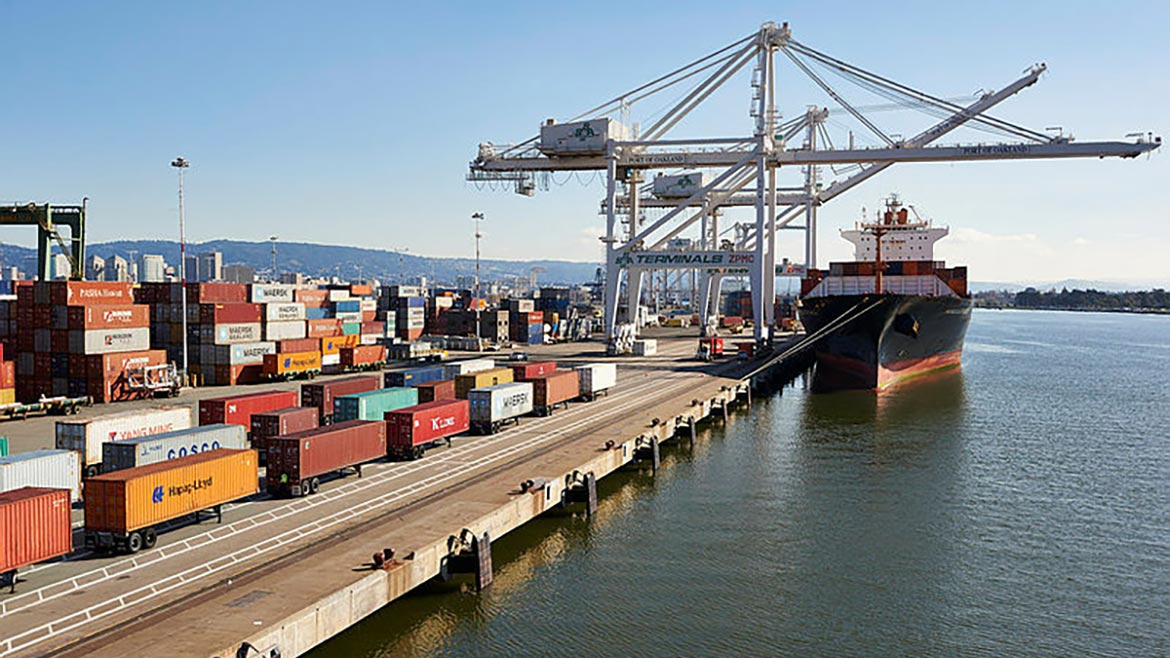Jan 15, 2021
Posted by Shubhamita Basu, PhD, North America Product Manager, Industrial Oils, Carlos Nazario, North America Product Manager, Grease Additives
This article highlights the key takeaways from our recent Fluid Technology for Industrial (Closed) Gear and Open Gear Lubricants webinar, part of our Lubrizol360 Webinar Series featuring Lubrizol experts discussing important industry trends.
As industrial enclosed and open gear systems continue to evolve, the lubricants necessary to keep them in working order must continue to improve as well. New fluid technologies can improve traction coefficients, film thicknesses, energy efficiencies and temperature reductions.
The introduction of new versatile performance polymers can significantly improve the end-use behavior of these lubricants. In this webinar, we took a closer look at performance polymers and what significant improvements they provide for both industrial and open gear systems.
Industrial Gear Systems
Industrial enclosed gear systems are used in multiple industries, ranging from steel mills to mining operations to wind turbines. To keep these systems operating at maximum efficiency, the gears must be appropriately lubricated with a suitable viscosity grade industrial gear oil (IGO) formulated with the right performance credentials.
Given the variety of applications, IGO are being subjected to increasing temperatures because they are operating under harsher conditions than other lubricants and, in part, because sump sizes have seen a significant reduction over time. Therefore, IGO must be formulated to meet the needs of modern industrial gear systems. They must:
- Improve productivity and power throughput
- Protect bearings
- Prevent micropitting and white etching cracks
In addition, higher operating temperatures can adversely impact the oil life because additive packages get used up faster. Depleted additive packages can cause durability issues like scuffing and micropitting. The viscosity of the fluid changes with temperature, leading to poor film thickness and affecting tribological properties. As a result, parts fail in an untimely fashion. Reducing operating temperatures by even a few degrees can help maintain the oil life longer and ensure the durability of gearboxes.
While synthetic IGO increase durability, they are often not cost-effective. The goal for lubricant manufacturers then is to find a way to improve longevity while keeping costs at reasonable levels.
Open Gear Systems
Open gears can range in size and be up to 90 feet in diameter. They take 12 months to manufacture and cost nearly $1 million so keeping them in appropriate working order is paramount. They are typically designed for single-direction operation with low-to-moderate peripheral velocity. Ideally, they operate at temperatures between 50 °C and 80 °C —but there is enormous potential for misalignment.
In these applications, open gear lubricants (OGL) need to be designed for boundary and mixed lubrication as well as high viscosity for full film lubrication.
Performance Polymers
To address the shortcomings of conventional IGO and OGL, performance polymers can be added to formulations. In both cases, new and improved performance polymers offer specific advantages over traditional formulations.
Compared to traditional synthetic formulations, latest performance polymers help formulate a synthetic formulation in a more cost-effective way. It can reduce operating temperatures compared to traditional synthetic IGO and can thereby reduce energy consumption.
In OGL, the performance polymer provides versatility, either as a viscosity modifier or base fluid. It also provides improved performance characteristics to OGL used in the mining, cement and sugar cane industries. Finally, it provides product sustainability, as well as reduces lubricant consumption and energy usage. The performance polymer in discussion is versatile enough to be used in formulation AGOs, HYs and lubricating greases in addition to IGO and OGL.
Our View
This innovative performance polymer technology improves traction coefficient, film thickness, energy efficiency while reducing operating temperature. In-house tests, developed by Lubrizol, can demonstrate the differentiation between the improved fluid technologies and traditional IGO and OGL formulations. These specific performance polymers are versatile and can be used in hydraulic fluids and automotive gear oils in addition to IGO and OGL.
For more information about fluid technology for industrial enclosed and open gear systems, view the whole webinar here, or contact your Lubrizol representative.









